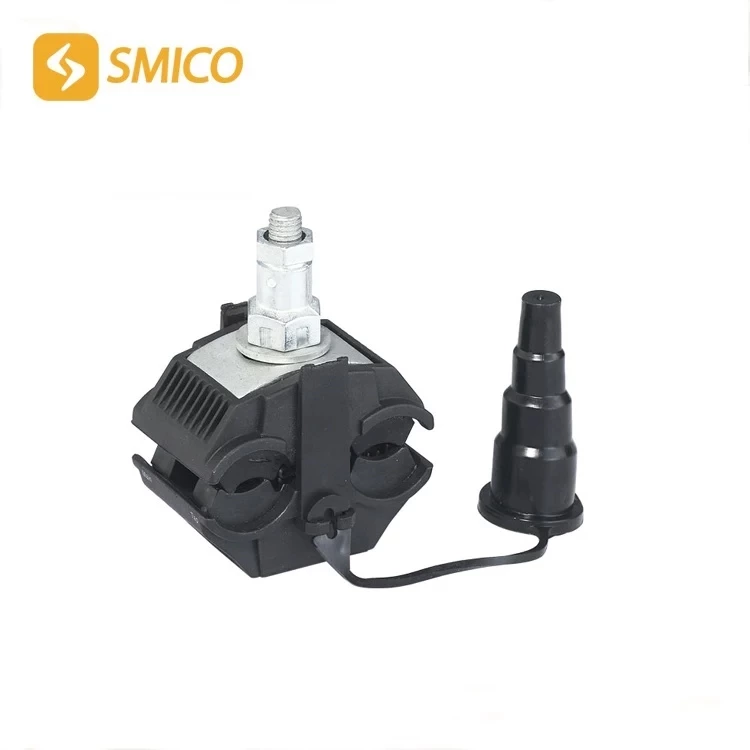Insulation Piercing Connector Stability Assessment Method System Explained!
insulation piercing connector is a key component of the automotive electronic system, and its stability directly affects the reliability of the entire vehicle electronic system. The following is Xinpengbo Electronics' sharing of the piercing connector stability evaluation method system knowledge currently used in the industry!
1. Electrical stability evaluation
Instantaneous interruption test:
By simulating dynamic environments such as vibration and impact, the ipc connector contact resistance changes and signal interruption phenomena are detected to evaluate its electrical stability under dynamic conditions. The test content includes:
Dynamic contact resistance change monitoring
Signal interruption frequency and duration recording
Response characteristics under different vibration frequencies
Contact resistance test:
According to the EIA-364-06 standard, the voltage drop is measured by applying a specified current, the contact resistance value is calculated, and the conductive performance of the contact is evaluated.
Insulation performance test:
Measure the insulation resistance (≥100MΩ@500VDC) and withstand voltage performance (1.5-3 times the working voltage) in a high temperature and high humidity environment.
2. Mechanical stability evaluation
Plug-in durability test:
According to the EIA-364-13 standard, continuous plug-in and pull-out (≥50 times) are performed at a specified rate to detect the mechanical structure stability of ipc electrical connectors. Including:
Plug-in force attenuation curve analysis
Contact wear morphology observation
Locking mechanism retention test
Vibration and mechanical shock test:
Using ISO 16750-3 standard, random vibration and sinusoidal vibration (5-2000Hz) are used to simulate actual working conditions and evaluate structural integrity.
Wire swing test:
Simulate the swing of the wire harness in actual use to evaluate the mechanical reliability of the cable piercing connector and cable interface.
3. Environmental adaptability evaluation
Temperature cycle test:
Perform -40℃~150℃ extreme temperature alternation test (1000 cycles) to detect the matching of material thermal expansion coefficient.
Salt spray corrosion test:
Through 720 hours of neutral salt spray test, the anti-corrosion performance of the electroplating layer and the stability of the contact interface are evaluated.
Mixed gas corrosion test:
Exposure to simulated industrial environment gases (SO?, NOx, etc.) to test the chemical corrosion resistance of materials.
IV. Material stability evaluation
Injection molding raw material batch detection:
Ensure the consistency of raw material performance through analysis methods such as melt flow rate (MFR) and infrared spectroscopy (FTIR). Key indicators include:
Density deviation ≤ 0.5%
MFR fluctuation range ± 10%
Heat deformation temperature stability
Interface microscopic analysis:
Use SEM/EDS to observe the microscopic morphology and element distribution of the contact surface to evaluate the wear mechanism of the coating.
V. Intelligent prediction method
Temperature rise prediction model:
Based on LHS optimization GA-BP algorithm, a high-precision temperature rise prediction model is established through multi-order sampling density to identify thermal stability risk points in advance.
Reliability life simulation:
Combined with accelerated aging test data, a Weibull distribution model is constructed to predict cable ipc connector MTBF (≥100,000 hours).
VI. System-level stability verification
Weak network communication test:
For vehicle-mounted T-Box and other communication devices, simulate 2G/3G/4G/5G network switching and signal attenuation scenarios to verify data transmission stability.
Vehicle environment simulation:
In the temperature-humidity-vibration comprehensive test chamber, reproduce the actual vehicle operating environment to verify system-level stability.
The above evaluation methods need to be combined and applied in a targeted manner according to the device type (high voltage/signal/RF, etc.) and application scenario (power system/infotainment/ADAS, etc.). The modern evaluation system is developing from single indicator testing to multi-physics field coupling simulation and digital twin prediction.

